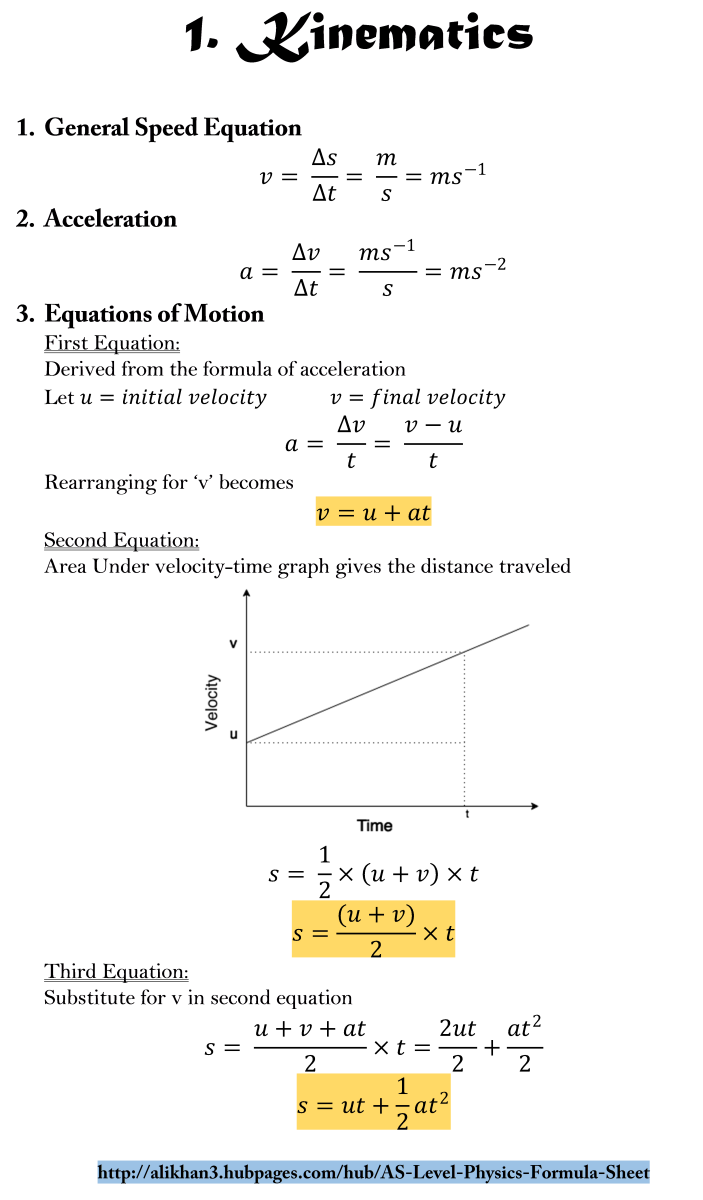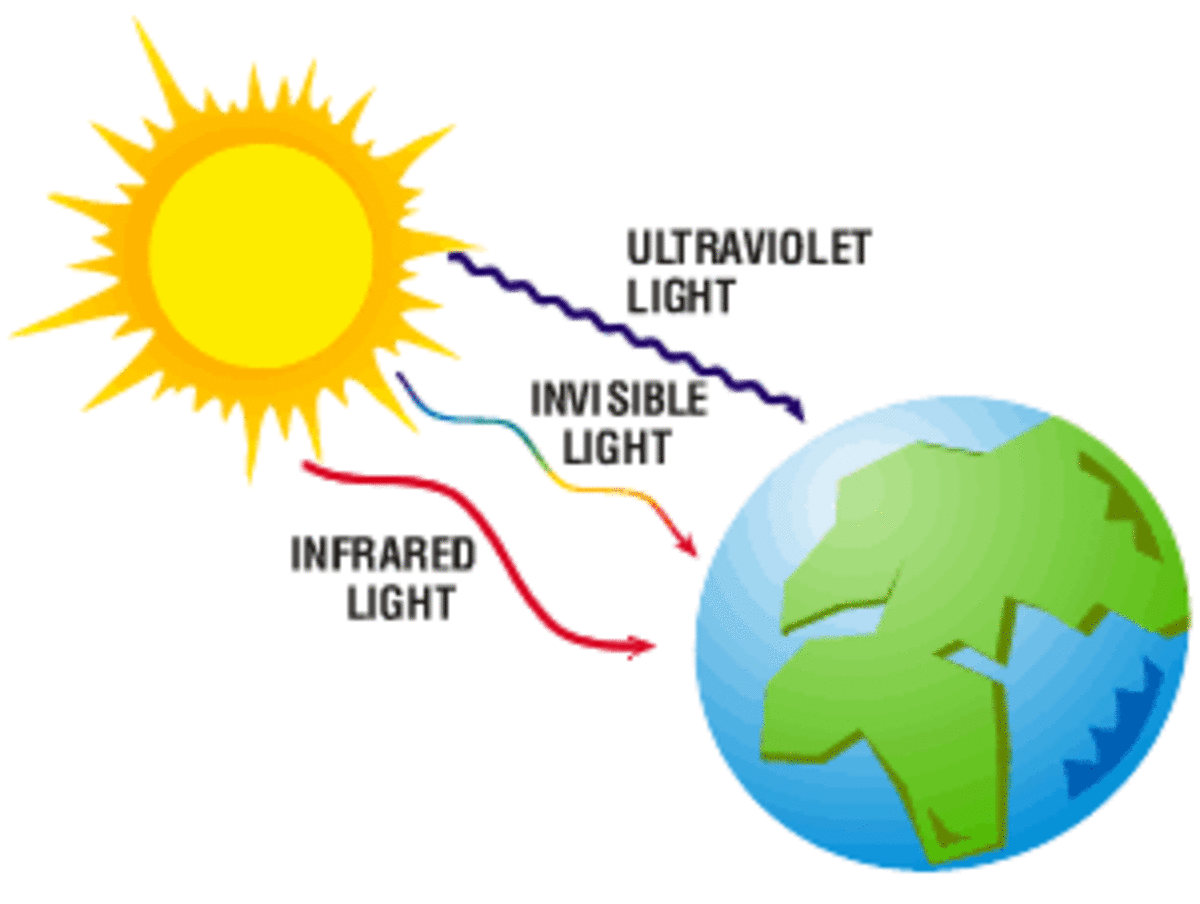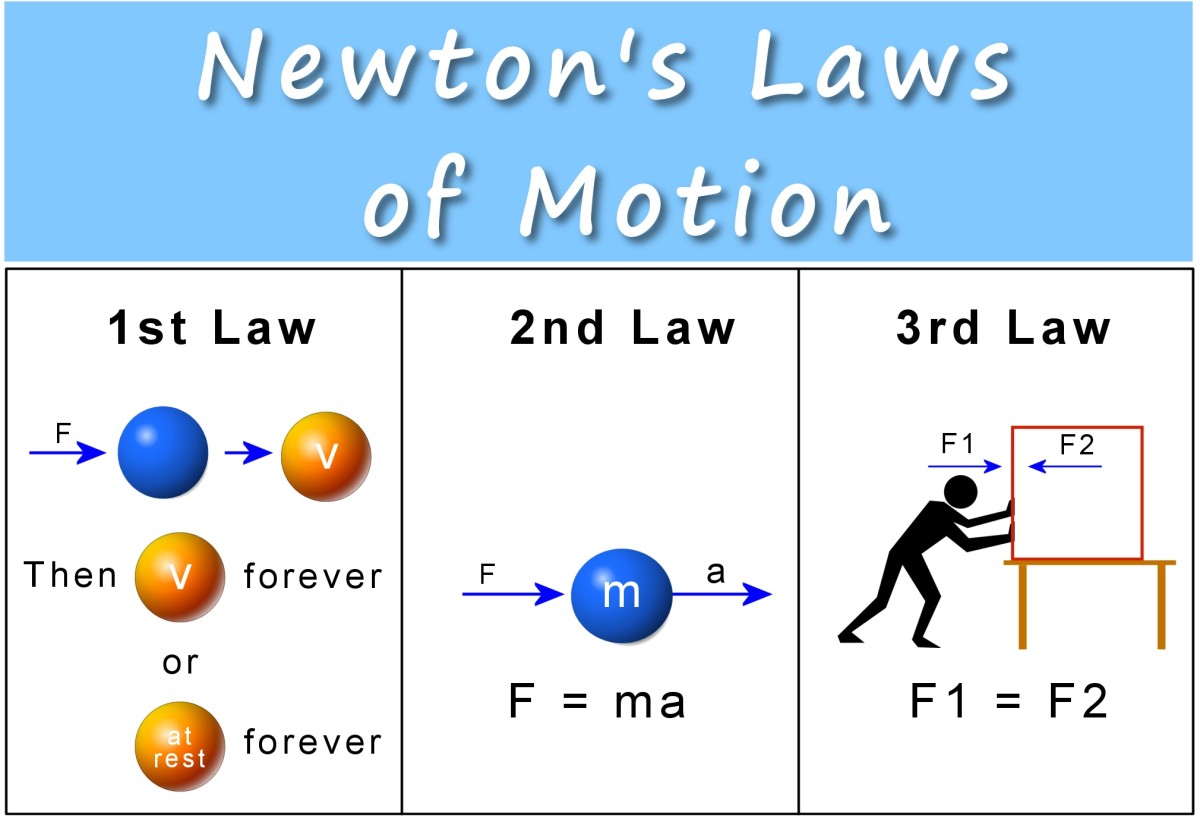Fluid Mechanics for Beginners
Is it laminar or turbulent?
The first step in any fluid mechanic problem is to find out the frictional loss. Frictional loss is the loss of energy that occurs in a pipe due to viscous effects generated by the surface of the pipe. There are three steps in finding the frictional loss.
- Determine if the flow is laminar or turbulent - Calculate this by using the equation: Q = m/p where m is mass flow, and p is ro, also known as the density. Ro is always given in problems, and if it isn't, it is easy to look up the value. A common one is water, where ro is equal to 1000 kg/m^3 --> make sure you pay attention to units. Plug in your numbers and you now have Q.
- Find out the velocity of your fluid. We had to calculate Q in order to do this step. What we will do is use the equation V=(4Q/pi*D^2). D is the diameter of the pipe, which is often given at the beginning of the equation. Once you plug in the other numbers (which are ALL given, it should be really easy) you have the velocity
- The final step in finding what Re is equal to. By using answers from the previous equation, we can find this by using Re = (DVp/u) where u is mu, often given in the beginning of the problem. Plug in the tiven D,p, and u. Then plug in the calculated velocity and you will have your Re.
If your Re < 2300 it is laminar flow, and if 4000 < Re it is turbulent flow. In between these two values is known as a transient flow, but we won't be covering that today.
You should now be able to determine if your flow was laminar or turbulent.
What is the Friction Factor?
The second step to finding out the Friction loss is finding the friction factor. Everything we did in the previous step can be ignored for now. Fortunately, there are only two steps for this section.
- Estimate the friction factor by using the equation e/D where e is epsilon. Both of these values are given in the original problem in most cases. Plug them in, the answer should be unitless.
- Use your in class book or a table from the internet to determine what f is. The equation, f = 0.001375[1+(20,000(e/D)+(10^6/Re))^1/3] is quite daunting. Fortunately we just calculated e/D and can enter that number there. We also calculated Re in a previous step, making that a breeze. The values 20,000 and 0.001375 may be different, depending on what you started with.
Congrats, we now have the friction factor.
Calculate Friction Loss
This is it, the step we have been waiting for. It is time to use all of the things from previous equations to find the answer.
- We need to calculate for script F. The equation, F = (4fL/D)(V^2/2) is used here. The answer will come out in M^2/s^2 which can be converted into J/Kg. It is important to make this conversion on your exams to have the most simple answer
- Using the equation deltaP = Pin - Pout = pF we can get delta P, which is important later. We know what ro is, and we just calculated F. Plug in the numbers and move to the third step
- Use the equation nWp = ? to determine what nWp is. Wp is the same as M which was used in determining what the flow type was. n is equal to F. Plug and chug.
As you can see, most of this involves memorizing complex equations, getting correct units and then moving to the next step. There isn't a lot of engineering involved, once you memorize the equations you can use this is in any fluid mechanic application. It is hard to remember what they all mean, and it is hard to do it correctly at first. The easiest way to succeed is to practice over and over. Create tables and charts that show what order the equations go in, read the book, and ask a lot of questions.
Frictional Loss Chart

Resize the line to obtain more reasonable losses
In engineering, a standard rule of thumb is that the pressure will drop 2psi for every 100 of feet it moves. This can be converted into 450 Pa/m - which is a lot easier to work with.
At this point in our fluid mechanic problem, we have to do a trial and error problem.
- Pick D
- Calculate V
- Calculate f
- Calculate F
- Compare with target F = (450Pa/m)(100m)/(1000kg) = 40J/kg
By trial and error you would find your D, also known as your theoretical.
Unfortunately you can't buy a pipe with this diameter, consult a chart in your book to find out what can be used. It looks like they make 3"S40 Di=3.068" and 3.5"S40 Di = 3.548" - we can use this information to calculate which pipe we should use.
@3", -deltaP = Pin - Pout = ?--->DeltaP/ deltaX = Pump power
Do this for both pipes to find out which one should be used, and how many W are required for the pump.
Last Steps
In the problem I am using, it appears that 3.5 inch pipe is the best fit. This leads to the second trial and error problem
- Pick Flow
- Calculate V
- Calculate f
- Calculate F
- Compare with target F = 40 J/kg
By trial and error (Excel is best to do this) the flow is 12.2 Kg/s
If we used a 4"540, flow would be 17.1 Kg/s
The italicized portion is your answer.



